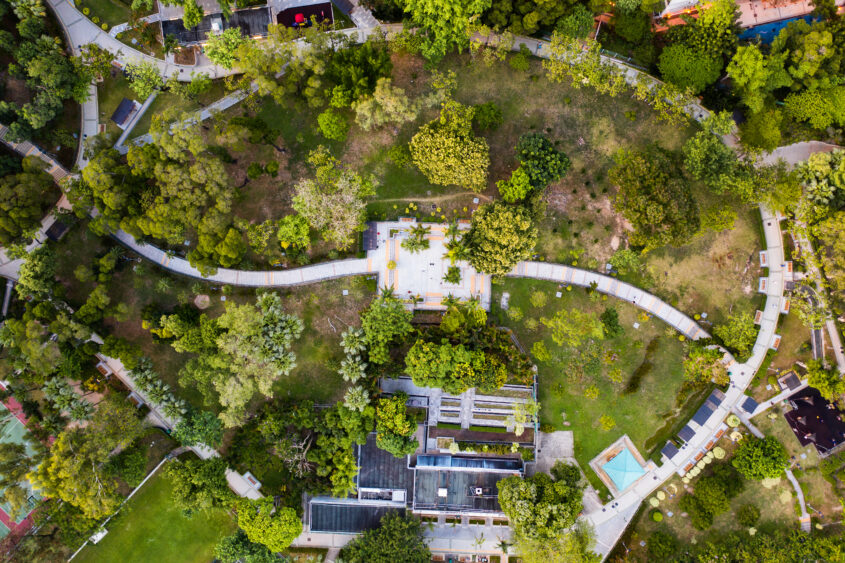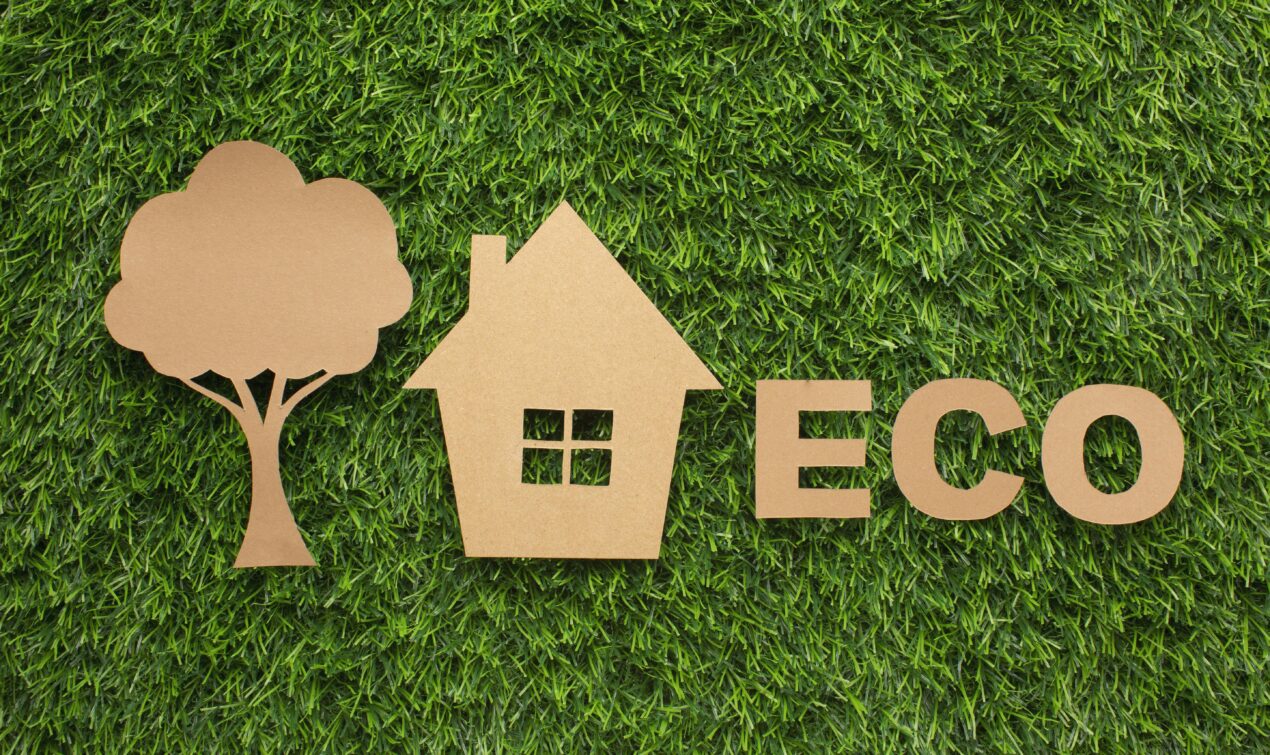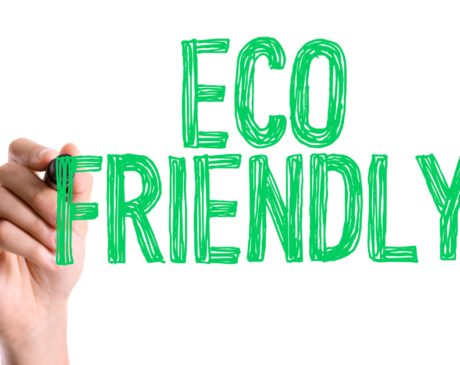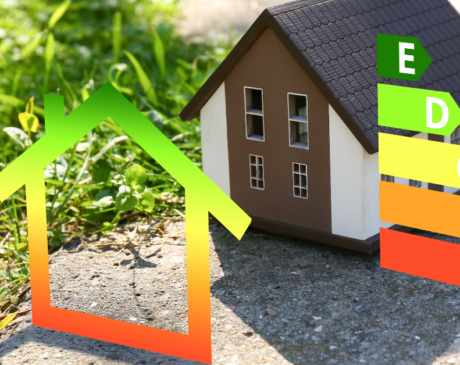How to start an Ecovillage in 4 Easy Steps

The sustainability of an ecovillage is one of the fundamental principles required to achieve its realization. Living in a community in nature entails, first and foremost, being in harmony with ourselves, with others (especially the people we choose to live with), and with nature itself. Without these three types of harmony, making an ecovillage sustainable is not possible.
If, on the other hand, this principle is met – clearly, harmony is never a destination but a way of life – then we can begin to focus on sustainability. This means that every form of sustenance – be it nutritional, economic, psychological, or spiritual – ideally can be fulfilled within the village while respecting both the inner natural laws of the human being and those of the surrounding nature.
What does it mean to make an ecovillage sustainable?
Every ecovillage is unique because it expresses the individuality of the people who inhabit it, and each community has different potentials that can be realized. This depends on the context, which includes the people and the location where the community arises.
Before embarking on this journey, it is essential to have a deep understanding of the people living in the neighboring area where you would like to create an ecovillage:
- What are their habits?
- What can they teach you about the place you wish to live?
- How can they actively contribute to the realization of the ecovillage?
But if you are unfamiliar with this topic and want to get a better understanding of what an ecovillage is follow the link below to read our article on What is an ecovillage and why live in one.

What is an ecovillage and why live in one
Step 1: Analysis on how to start an Ecovillage
The economic sustainability of an ecovillage is based not only on the involvement of those who wish to live there but also on the participation of the people who will become your neighbors. Spend time with them before initiating the project, and make an effort to thoroughly understand their history and why they chose to move there. In this way you will be moving quickly in the first steps on how to start an Ecovillage
If, on the other hand, the location you have chosen is isolated, and you can’t find anyone within a 10 km radius (which is quite rare but possible), then consider moving there first. Don’t wait for the ecovillage to form; instead, take a tent and stay there for at least a few months.
Perhaps, during the summer, you can spend your holidays there and gather as many clues as possible about the following points:
- Water supply.
- Temperature and weather conditions.
- Availability of surplus firewood.
- Local wildlife.
- Access to the location.
- Safety and communication with the outside world.
- Terrain type.
- Local edible fruits and wild herbs.
- Poisonous herbs, mushrooms, plants, or animals.
You’ll find that when you are on-site, you will add many more items to this list. The idea is to discover the potential, risks, and areas for improvement in this location. From this list, you will then create the projects that will make your ecovillage sustainable, as we will see in the next paragraph.

What projects make an ecovillage sustainable?
Step 2: Commence the project
Following this initial analysis phase, we can commence the overall project, encompassing various initiatives to realize our vision. What projects can we undertake?
So, for each clue you’ve gathered above, envision potential productive activities in different domains. Let’s examine them one by one, and as mentioned earlier, find ways to incorporate some new ones while still in the brainstorming phase.
We can consider:
- Permaculture projects.
- Projects for preparing organic food.
- Training programs dedicated to living in nature, including for students.
- Agritourism projects.
- Ecotourism initiatives.
- Spiritual development projects.
- Collaboration projects with other communities around the village.
- Energy self-sufficiency projects using solar and/or wind power.
What you’ll do next is select the projects that align with the surrounding environment and form a team for each project. When engaging in this activity, not only involve those who are eager to participate but also open up to the online world and join WWOF, which stands for World-Wide Opportunities on Organic Farms.
It’s an organization that connects organic farms with individuals seeking to gain rural living experiences while traveling. Through this tool as well, you can attract like-minded individuals who share your values and intentions.
Thinking of many projects that can make your Ecovillage a reality can lead you to find many interesting ideas on how to start an Ecovillage.
How to implement these projects to create an economically sustainable ecovillage
Step 3: Funds and implementation
There are various ways to implement these projects and secure funding, with the first being self-financing. If you truly believe in a project and you’re not willing to invest in it yourself, how can you expect someone else to invest in it?
However, if you don’t have the funds to start with, the quickest way to validate your project is through crowdfunding.
Through crowdfunding, not only can you demonstrate your 100% commitment to the project by making the initial donation, but you can also present it to hundreds of thousands, if not millions, of people and attract the right individuals who will financially support the birth of your ecovillage.
One very important thing NOT TO DO is to improvise. Just like in any profession, crowdfunding requires preparation. Simply creating an attractive presentation and uploading the project to an online platform is not enough. In summary, you need to create an editorial plan in several phases:
- Engage in a lengthy pre-campaign phase to inspire interested individuals (approximately 6 months).
- Launch the campaign (with defined rules for its execution).
- Plan for the post-campaign phase and project realization.

Step 4: Creating Economic Sustainability and Community Life
Here we are with the fourth step on how to start an Ecovillage, this is based on relationships among the people of the community you want to create and an enlarged community that is the one around the project and with which it will have to live in and collaborate.
Community life is a reality that has existed since ancient times, and humans have always established rules and laws to coexist peacefully with one another.
At the same time, we are well aware that each person is unique and has different needs and values compared to others.
For this reason, we all understand that living in close proximity with a group of people can sometimes lead to behaviors that do not always align with our own values.
When this happens, there are two directions to consider: If the community lacks a strong foundation in its values, vision, and common mission, it may tend to “fall apart,” with some members choosing to leave.
Imagine if, in addition to differing values, an ecovillage also lacks the capabilities – the projects – necessary to sustain itself over time.
That is, if community members do not have the opportunity to live in a dignified manner, this becomes the primary cause of community division.
For this reason, sustainability is the first piece of the puzzle to evaluate before embarking on the creation of an ecovillage. If you value the long life and long-term vision of the village, you will start with this point.
To conclude this article, let’s recap the three key principles of housing in an ecovillage:
- Harmony with nature.
- Recyclable and locally sourced materials.
- Local labor.
Now, do you feel more prepared to embark on a new ecovillage project?
If you enjoyed reading this article on how to start an Ecovillage, feel free to read other post on this same category, email us or leave a comment.



